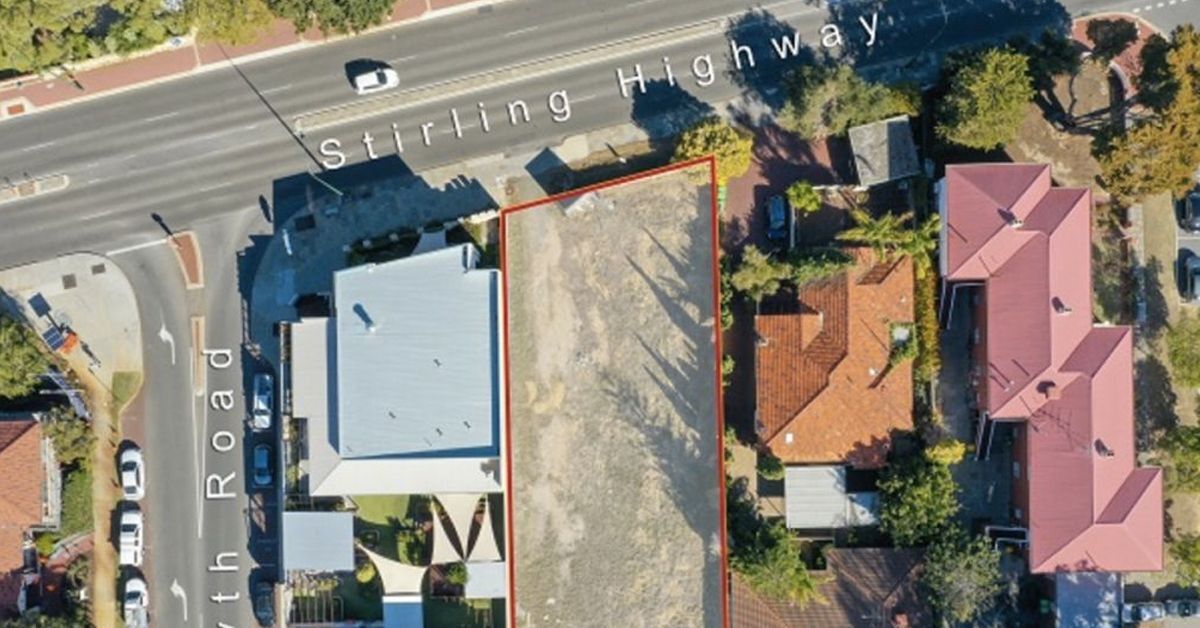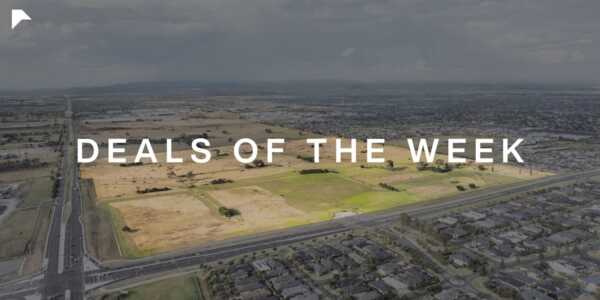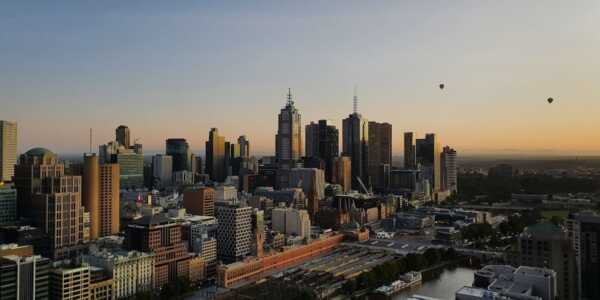Planning changes across Perth are underway, and hot on everybody’s lips is the push for higher-density residential development.
The McGowan Government has announced its intention to transform metropolitan areas over the over the coming decades, with a rise in medium-to-high density projects surrounding new and existing train stations paramount to the strategy.
"Metronet Hubs" is the term assigned to these high-density pockets, designed within a short walk to train stations as part of the Government's public transport masterplan.
For some suburbs, such as Nedlands, this will involve major planning changes.
The City of Nedlands currently has one of Perth's lowest metropolitan densities as a result of their continued resistance to government pressure to increase. The council has argued that changes to the local development regulations would lead to traffic and environmental issues, with negative impacts on the character of the leafy suburb that is known for its enviably large blocks.
Planning Minister Rita Saffioti said that the City of Nedlands had been given a target of creating 4,400 new dwellings by 2050.
"Perth has grown, as we've seen, and we really need to try to focus on how we can create more opportunities for people to live in some of our existing suburbs," Ms Saffioti said.
Most of the increased density would be around Stirling Highway, the Queen Elizabeth II Medical Centre precinct, the University of Western Australia and Waratah Avenue in Dalkeith.
"We have to be realistic that we need places for people to live and we need to make sure that they're connected to transport, to hospitals and education opportunities," she said.
Language is key
Nedlands is not the only suburb to have pushed back on this, with density becoming a divisive topic in Subiaco and Cambridge in recent years too.
The Property Council believes that the language surrounding ‘density’ needs to be improved to better articulate how changes such as these could benefit the community.
"What leaders have not been able to do is find a language where the community also understands the benefits for them," Property Council executive director Sandra Brewer said.
The word ‘density’ conjures up images of “big concrete flats of the past” Ms Brewer said.
Developers and investors are also advised to take messaging and community attitudes seriously. With an additional forecasted 1.5 million people in the Perth and the Peel regions by 2050 significant development is coming!










